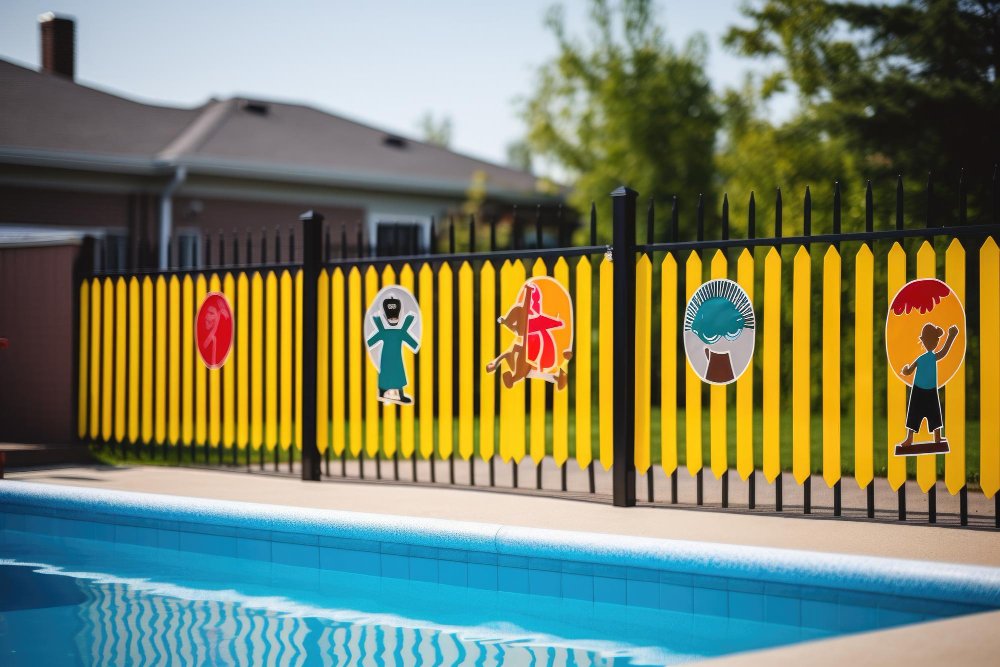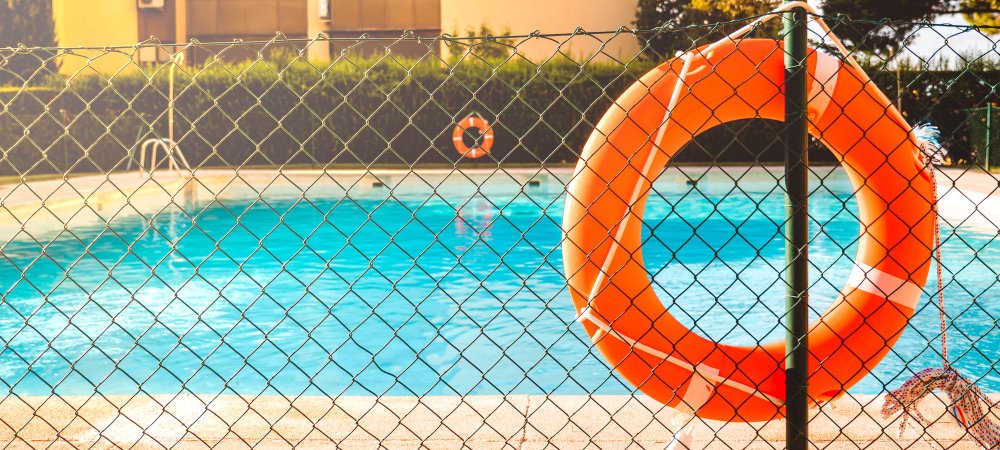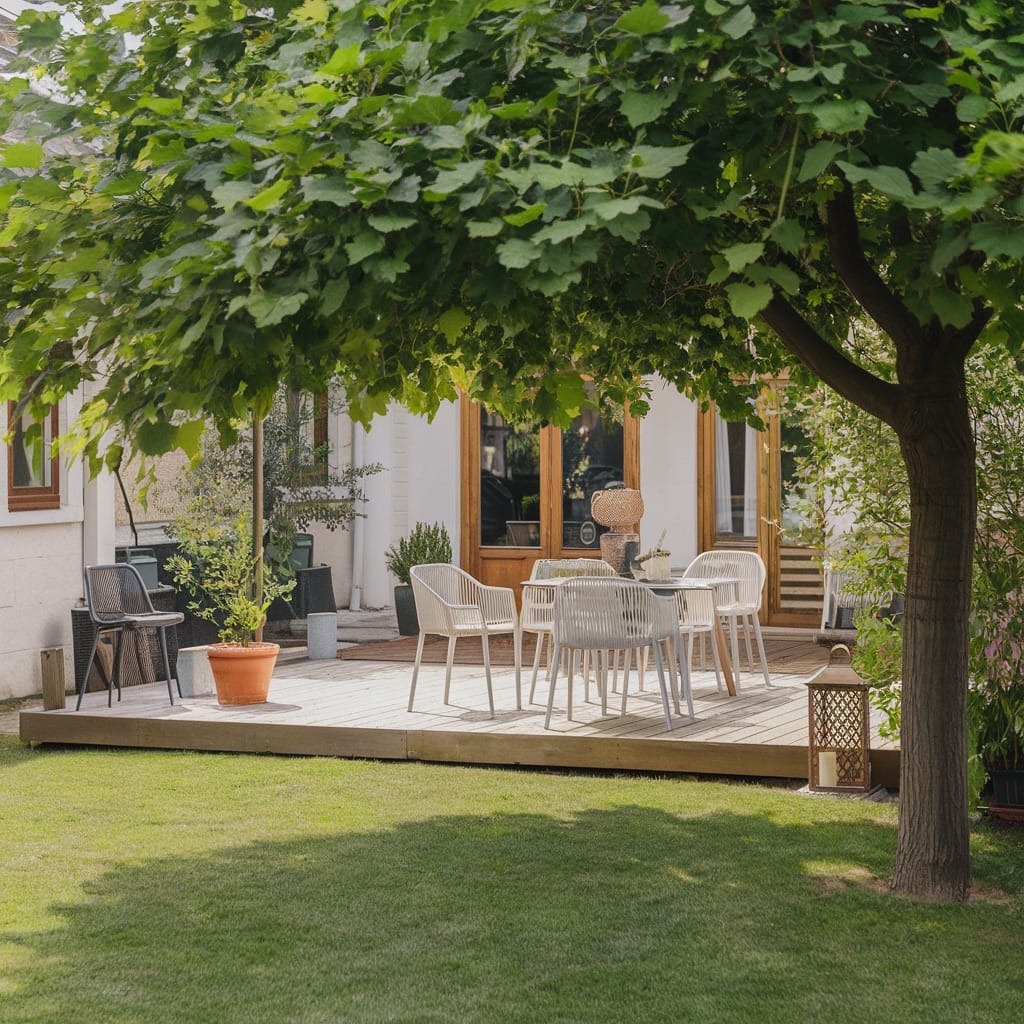Last updated on
Have you ever taken a dip in a pool and felt completely relaxed and carefree? The cool water engulfing your body, the gentle sounds of splashing, and the warm sun caressing your skin can make for a truly blissful experience. However, as much as we love our pools for their moments of tranquility and fun, it’s important to remember that they can also pose potential dangers if not properly maintained or secured.
Whether you have children who love to swim or are planning on hosting summertime pool parties with friends, having a secure home pool area is crucial for ensuring everyone’s safety. In this blog post, we’ll delve into what exactly defines safety when it comes to owning a pool at home, covering everything from fencing options to proper maintenance techniques. So read on to learn how you can create a foolproof environment for enjoying your backyard oasis without any worries!
Pool Fencing Regulations

When discussing safety measures for home pools, it’s impossible to overlook the importance of pool fencing. Not only does a fence provide a physical barrier to prevent accidental falls into the pool, but it’s also a legal requirement in many jurisdictions.
Laws and regulations regarding Pool Guard fencing vary from state to state, so be sure to research your local laws before making any decisions. In general, however, there are a few key guidelines that most pool fencing regulations have in common:
- The fence should be at least 4 feet high – this ensures that small children cannot climb over it.
- The fence should not have any footholds or handholds that could make climbing easy.
- The spaces between the fence posts or any decorative elements should not exceed 4 inches – this prevents children from squeezing through.
- The gate should be self-closing and latching, with the latch placed at least 54 inches above ground level – this ensures that the gate stays closed and cannot be opened by small children.
Surveillance Systems for Pool Safety
Equally important to physical barriers are electronic safeguards such as surveillance systems. A properly installed and strategically located camera system can provide an extra layer of security for your pool area. Surveillance cameras can monitor the pool area 24/7, providing real-time alerts in case of any unexpected activity.
Many modern surveillance systems come with smart features such as motion detection and infrared night vision, making them effective both in daylight and in darker conditions. They also can send alerts to your smartphone, allowing you to respond quickly to any potential dangers.
Remember, surveillance systems are not a replacement for physical barriers or active supervision but are an important element in a comprehensive pool safety plan. Always ensure your surveillance system is properly maintained and updated, to guarantee its effectiveness in keeping your pool area safe and secure.
Rescue Equipment for Pool Safety

One of the critical aspects of ensuring pool safety is the presence of rescue equipment within easy reach. Having the right tools on hand can make a significant difference in the event of an accident. A life preserver (also known as a lifesaver or life ring) is an essential piece of pool safety equipment.
It should be sturdy, easy to throw, and capable of supporting an adult’s weight in the water. A pool hook, often known as a shepherd’s hook, is also a vital tool for pool safety. This long pole with a hook at the end is designed to pull a struggling swimmer to safety.
Additionally, having a first-aid kit close to the pool area is necessary for handling minor injuries or stabilizing a person until professional medical help arrives. The kit should include band-aids, antiseptic wipes, tweezers, sterile gauze, and a CPR mask, among other items.
Swimming Lessons and Water Safety Education
If we’re discussing pool safety, it’s impossible to ignore the pivotal role of swimming lessons and water safety education. This is a crucial step in not only preventing accidents but also ensuring that if accidents do occur, individuals are prepared to act appropriately.
Swimming lessons provide individuals with the necessary skills to stay afloat and move through the water efficiently. They also instill a healthy respect for water, helping people understand the potential dangers while encouraging safe behaviors around pools. Most swimming programs also include life-saving skills, such as floating, treading water, and basic rescue techniques.
Water safety education goes beyond practical swimming skills, focusing on knowledge about potential hazards, safe behavior around water, and steps to take in an emergency. Such education can be beneficial for both children and adults, ensuring that everyone using or around the pool understands the importance of safety protocols.
The Takeaway
When it comes to pool safety, several key elements must be taken into consideration. These include proper fencing, surveillance systems, rescue equipment, and education on water safety. By implementing these measures and staying vigilant in supervision and maintenance, you can create a secure home pool area for your family and friends to enjoy safely.
Recap:



